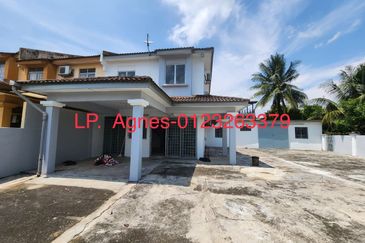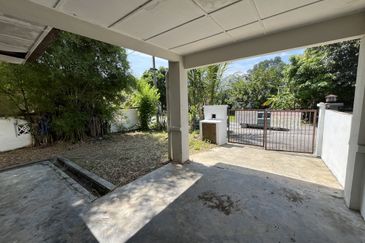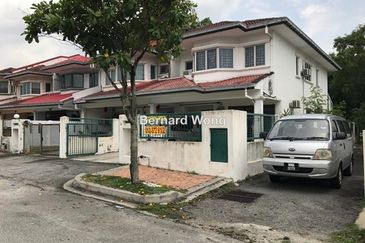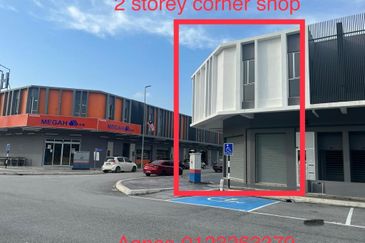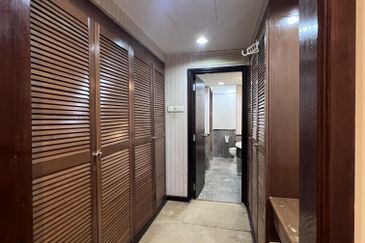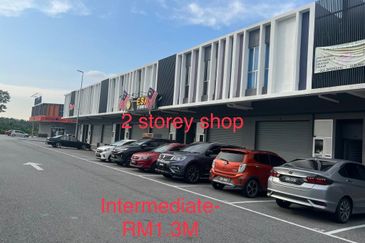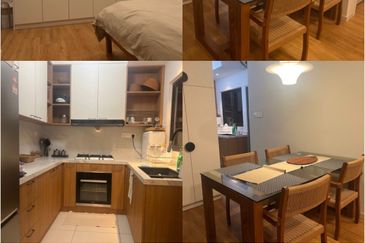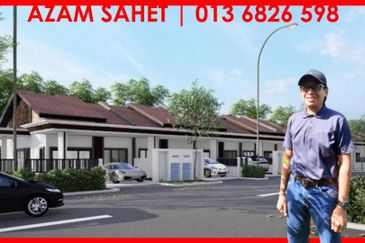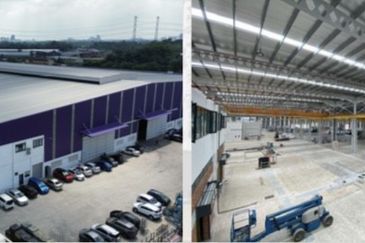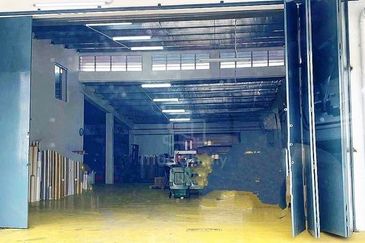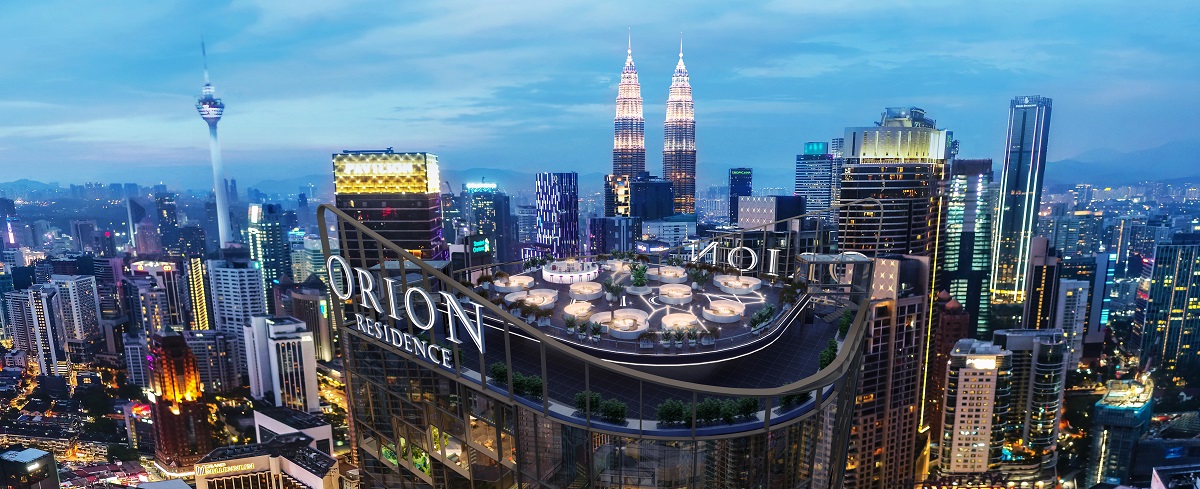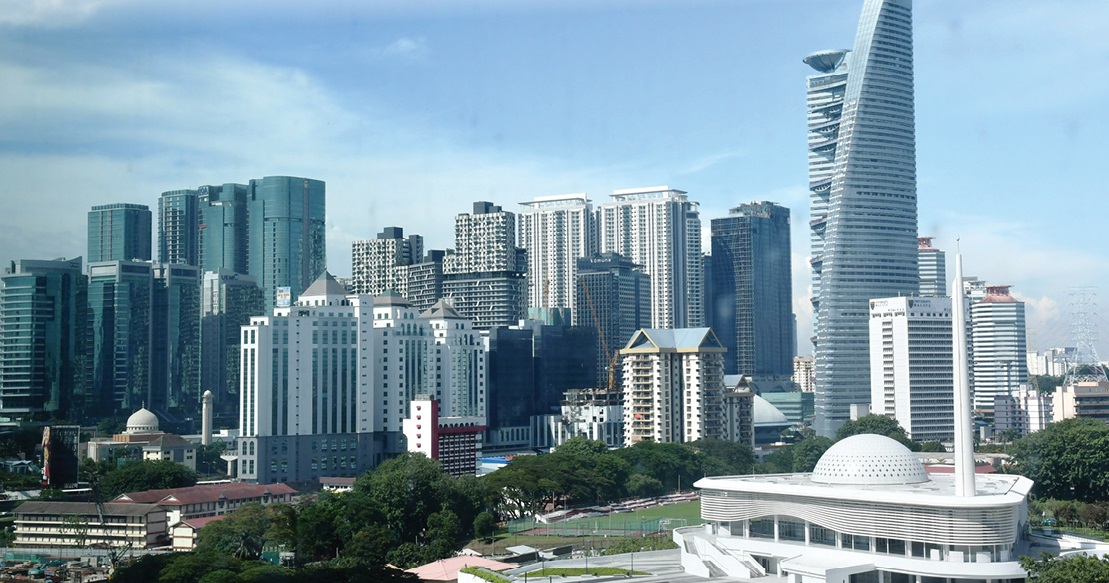
On June 14, 2017, 72 lives were claimed by the fire tragedy at Grenfell Tower (UK) in the wee hours. The fire, which had sparked from a malfunctioning fridge on the fourth floor at 1am, quickly spread to other levels. By 3am, the whole building was engulfed in flames.
Since the tragedy, the construction industry across countries has been rocked by the usage of Aluminium Composite Panel (ACP), which was the main contributor to the fire intensifying to other floors. Although concern on the usage of ACP has been raised over the years, the tragedy served to catapult this issue into the spotlight.
This is the kind of tragedy that will be imprinted in the minds of the worldwide population as it highlights the pertinence of fire safety measures in our ACP-covered high-rise buildings.
But what exactly is ACP?
ACP is one of the commonly used types of cladding for buildings worldwide due to its characteristics of being lightweight, durable and cost-friendly.
In Malaysia, its primary usage is to provide an external protection of building walls against environmental elements like rain, sun and wind while also being aesthetically pleasing visuals for the buildings.
Consisting of three layers, its outer layer is made up of aluminium sheets bonded together by an inner layer made up of polyethylene (PE). While the aluminium layers are fire-proof, the PE compound is highly-flammable.
Another type of ACP is the Fire-retardant (FR)-rated ACP which is safer but more costly than the PE type as the core has an added inert mineral filler.

For the ACP (PE), improved standards have been introduced which is the MS2517:2017, a move taken following the aftermath of Grenfell in order to curb the use of sub-standard ACP material.
Awareness among Malaysians
While non FR-rated ACP is a common building material used overseas, Architect Centre accredited architect and trainer Anthony Lee Tee observes that in Malaysia, the usage of this type of ACP is more commonly found in commercial properties rather than residential properties as it matches the design direction of commercial buildings.
Even with ACP increasingly popping up in so many of our commercial buildings, Malaysia does not have a history of ACP cladding-related fire incidents. The latest fire incident that caught a lot of attention was the fire that happened at the Employees’ Provident Fund (EPF) building in Jalan Gasing, Selangor, says Lee.
“Although the cladding that caught fire was related to another type of combustible material used on its facade, it nonetheless has certainly highlighted the awareness of such dangers.”
What’s worrying is that an increasing number of mixed developments are using non FR-rated ACP and many residents may not be aware that their buildings contain ACP components or they might not understand what the hidden dangers of this material are.
“As the design and specification of regulated FR-rated ACP and the installation and supervision for buildings occur during the construction, most would be unaware of ACP cladding panels once installed on the facade unless highlighted in our inspection reports,” he explains.
Lee stresses such mixed-developments should obtain or renew their Fire Certificates (FC) annually, so that these developments will continue to comply with Fire and Rescue Department of Malaysia (JBPM) regulations and ensure standard fire safety systems are in place.

However, leaving no stones unturned, Lee has also suggested that besides getting the FC, homeowners, building owners and property developers should also take proactive steps by getting a professional inspector to check the quality and safety of the claddings installed on their properties.
Regulations already in place
Fortunately, JBPM recognises the risk of fire associated with the flammability of PE and has already set a regulation in place for ACP usage since 1997.
The Federation of Malaysian Manufacturers – Aluminium Manufacturers Group of Malaysia was one of the groups that had raised its concern following fire accidents related to ACP in several countries even before 1997, leading to the enactment of the regulation then.
The stipulated regulations include:
The usage of ACP with a combustible core is only limited to buildings at 18m and below with the approval from JBPM.
The usage of ACP with a non-combustible core is allowed to be used on buildings 18m and above in height with the approval from JBPM.
“Additionally, the manufacture, specification, installation and supervision of ACP cladding is regulated by several standards, namely the Uniform Building Bylaws (UBBL), MS 2571 and lately BS 8414 that describes onerous fire tests to be conducted on cladding facade installation,” says Lee.
He adds that under the UBBL, the distance between the constructed buildings needs to be at a distance of more than two metres as this will ensure that any fire accident will not easily spread to other buildings.
Meanwhile, the director of JBPM’s fire safety division Edwin Galan Teruki acknowledges the risks that ACP has brought to the table and reiterates that careful steps have to be taken from the beginning all the way from the architect to ensure its safety.
“Architects must also take into account the level of fire safety of the building by obtaining prior approval from the authorities like the fire department before they can install this material,” adding that any intended usage of ACP must go through and pass the BS8414 test.
BS8414 is a test to examine the resistance performance of an ACP when exposed to external fire.
Authorities keeping buildings in check
With the necessary precautions in place to regulate the usage of the material, Edwin believes the probability of a fire caused by ACP is little to none. Echoing Lee, he shares that there has not been any ACP-related fire in Malaysia.
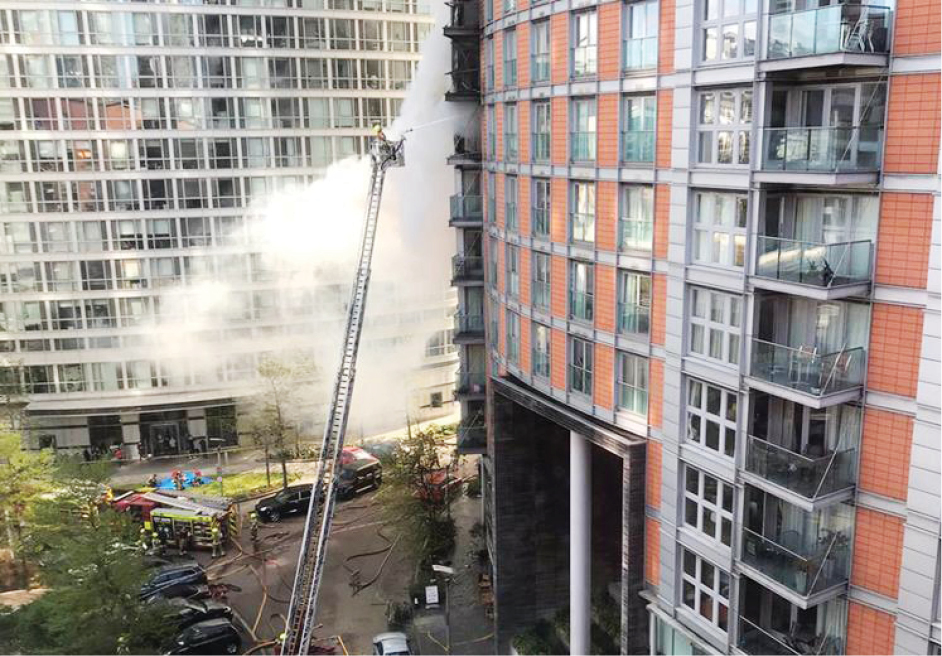
Additionally, the fire department authorities do not just bear the responsibility to the stipulated regulations. Instead, there are certain procedures that will be taken by the authorities if they found a building not compliant to the regulation.
“Any buildings, before it is allowed to be opened to the public, must receive the Certificate of Completion and Compliance (CCC) as this ensures that the building is safe for the public to enter. Due to this, it is very unlikely that you will find an ACP-covered building not complying to the required standards imposed.”
“But there may be some cases where, upon receiving the CCC, the owners decide to install ACP thereafter. So what happens then? The fire department authorities will request for proof of approval from JBPM to install the material. If there is no approval, then we will retract their FC and instruct them to take down the ACP within a set period of time.”
Although regulations by JBPM exist to ensure the safety of our buildings, Lee stresses that there should be a certain degree of responsibility among homeowners and building owners to regularly have their fire security checked.
Therefore, he hopes there is a stronger awareness to drive both home and building owners to get professional inspection to comply with the regulations of JBPM.
This story first appeared in the EdgeProp.my E-weekly on Aug 13, 2021. You can access back issues here.
Get the latest news @ www.EdgeProp.my
Subscribe to our Telegram channel for the latest stories and updates
TOP PICKS BY EDGEPROP
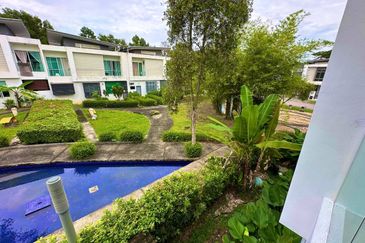
Trillium, Perdana Lakeview East
Cyberjaya, Selangor
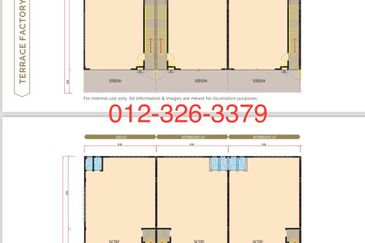
Sungai Rampai Terrace Factory
Telok Panglima Garang, Selangor
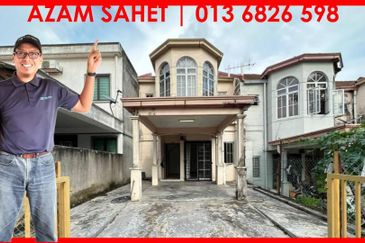
Bandar Puncak Alam
Bandar Puncak Alam, Selangor
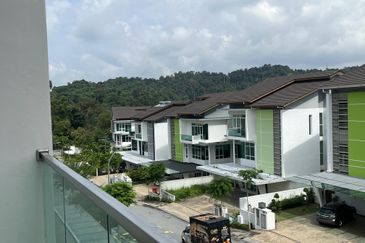
Kinrara Residence
Bandar Kinrara Puchong, Selangor

